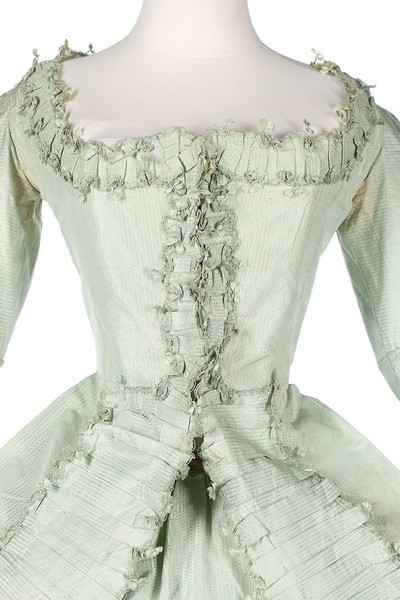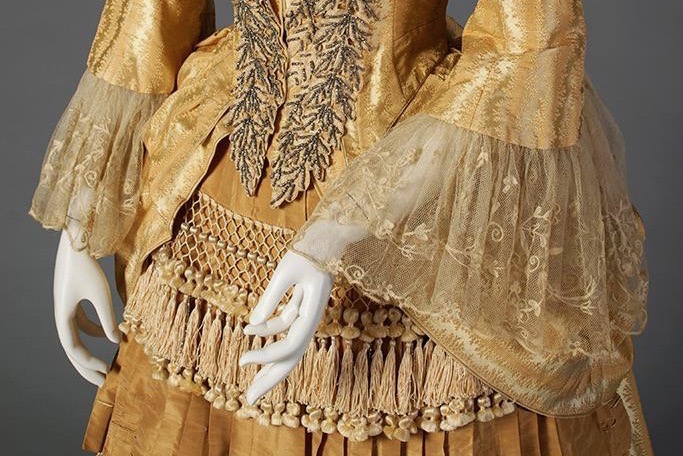Rate the Dress: 1780s pick ups and pleats in peppermint ice cream green
Yellow is the colour I reach for when I want to be happy, but green is my go-to for calmness and de-stressing. It’s been a crazy couple of weeks in my life. Some of it has been good stress, with fun adventures, and the start of the new school year at Toi Whakaari the New Zealand Drama School. There’s also been some less happy stress, with a spike in my ever-present-but-mostly-under-control-most-of-the-time-climate-anxiety, and worries about the coronavirus (people I know who are in the know are very worried, and that’s even more worrying…). So this week I want to be calm. And while some think historical fashion is frivolous, I’d strongly argue against that. Clothes are a universal need that links almost everyone on the planet. What we wore tells us a lot about where we’ve come from as a society, and where we can learn from that. And looking at old garments is a very low climate impact way to de-stress! So here’s to pretty (or not – that’s what RTD is all about!) frocks. …



